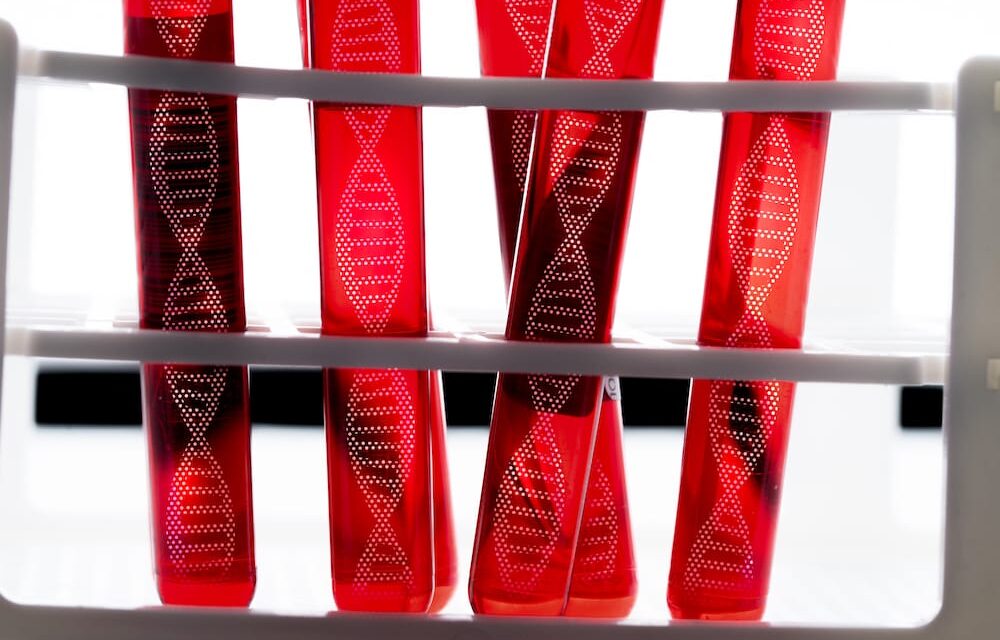Summary: Naveris has expanded the commercial availability of its NavDx blood test, a non-invasive tool for detecting molecular residual disease (MRD) in HPV-positive anal cancer patients, with clinical validation demonstrating 98% PPV and 95% NPV.
Takeaways:
- Precision Diagnostics: NavDx uses TTMV-HPV DNA to detect MRD in anal squamous cell carcinoma (ASCC) with high accuracy, offering 98% positive predictive value and 95% negative predictive value.
- Improved Accessibility: As a blood-based, non-invasive alternative to traditional methods, NavDx simplifies surveillance and expands healthcare access for underserved populations, including those with HIV or of lower socioeconomic status.
- Broad Clinical Validation: Supported by over 30 peer-reviewed studies, NavDx demonstrates proven utility in HPV-positive cancers and represents a significant step forward in advancing precision oncology and health equity.
Naveris, a provider of precision oncology diagnostics for viral-induced cancers, announced the expanded commercial availability of the NavDx test for Molecular Residual Disease (MRD) detection in anal squamous cell carcinoma (ASCC) patients. NavDx, Naveris’ proprietary flagship blood test, is clinically validated circulating tumor TTMV-HPV DNA blood test that provides a non-invasive and precise method that can detect MRD before there is clinical or radiographic evidence of cancer recurrence.
The commercial expansion coincides with the publication of clinical validity and utility data in the journal Cancers(1) that demonstrates the NavDx test’s ability to accurately and reliably detect MRD in HPV-positive anal cancer patients in a multi-center, real-world cohort.
“With an impressive per-test positive predictive value (PPV) of 98% and a negative predictive value (NPV) of 95%, the NavDx test demonstrates exceptional clinical value in detecting and ruling out disease recurrence in ASCC patients,” says Barry M. Berger, MD, chief medical officer of Naveris. “This offers real utility for physicians, allowing them to accurately assess whether a patient has residual disease and implementing the most appropriate course of care without unnecessary delays. This expanded use of NavDx represents a critical step forward in advancing both precision medicine and the overall management of HPV-related anal cancer.”
Further Reading
Testing for HPV-Positive Cancers
This new data further reinforces the clinical value of TTMV-HPV DNA testing in HPV-positive cancers, as supported by more than 30 peer reviewed publications validating use of the NavDx test in head and neck cancers.
The expansion of the NavDx test in HPV-positive anal cancer patients also reflects Naveris’ commitment to increasing access to high-quality care. As a blood test, the NavDx test offers a simpler, non-invasive, and more accessible compliment to traditional institution-based surveillance methods and is anticipated to increase healthcare access for those who face challenges in receiving timely, effective cancer care.
“Certain populations, notably those living with HIV and of lower socioeconomic status, are much more likely to develop anal cancer. These populations often face barriers to accessing care under current recurrence surveillance protocols,” says Alice L. Pomponio, managing director of the American Cancer Society’s BrightEdge impact investing arm and a Naveris Board Observer. “By bringing the NavDx test to clinic for anal cancer MRD testing, Naveris is addressing an urgent need for early cancer detection solutions and providing health equity for individuals that face challenges to accessing care. Our shared mission of impact investing, leveraging innovation to improve care for underserved populations, can be achieved through a test that will improve clinical care for all patients.
References:
- ”Kabarriti, R.; Lloyd, S.; Jabalee, J.; Del Vecchio Fitz, C.; Tao, R.; Slater, T.; Jacobs, C.; Inocencio, S.; Rutenberg, M.; Matthiesen, C.; et al. Evaluating Tumor Tissue Modified Viral (TTMV)-HPV DNA for the Early Detection of Anal Squamous Cell Carcinoma Recurrence. Cancers 2025, 17, 174. https://doi.org/10.3390/cancers17020174





